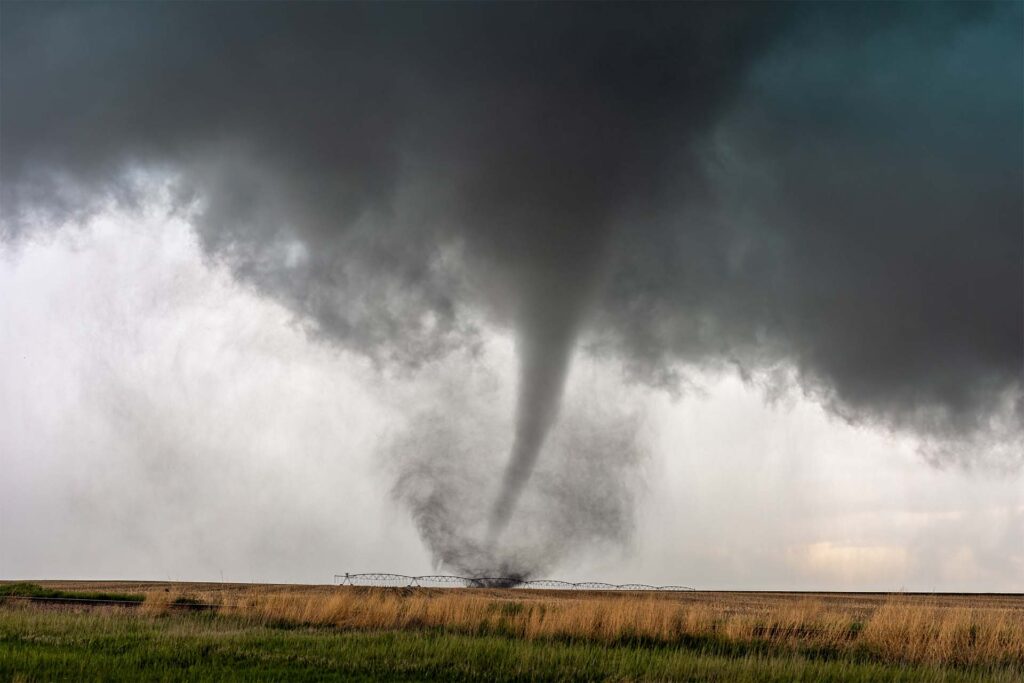In recent years, Tornado Alley has been shifting eastward, with an increase in tornado activity in states such as Louisiana, Arkansas, Mississippi, and Tennessee. This shift has been observed by meteorologists and scientists and has raised concerns about the potential risks and impacts of tornadoes in these areas. Historically, Tornado Alley has been located in the Great Plains, stretching from Texas to South Dakota, but the frequency of tornadoes in the Plains has decreased while the number of tornadoes in the southeastern United States has increased.
There are a few reasons for this shift. One possible factor is changes in climate patterns. As global temperatures continue to rise, the conditions that lead to tornado formation may be shifting eastward. The Gulf of Mexico, which is located to the east of the traditional Tornado Alley, is a key factor in this shift. Warmer ocean temperatures can provide the moisture and instability needed to fuel thunderstorms and tornadoes.
Another contributing factor is urbanization. As cities and towns have grown in the Great Plains, the amount of open space and natural vegetation has decreased. This can lead to a decrease in the amount of moisture available to fuel thunderstorms, as well as a decrease in wind shear, which is a key factor in tornado formation.
The shift in Tornado Alley has significant implications for the people and communities in these regions. Tornadoes can cause significant damage to homes, businesses, and infrastructure, and can also result in loss of life. In areas that are not traditionally prone to tornadoes, residents may not be as prepared or knowledgeable about how to stay safe during a tornado event. To prepare for the increasing threat of tornadoes in these regions, it is important for residents and communities to develop emergency plans and stay informed about weather conditions. This may include identifying safe rooms or shelter locations, stocking up on emergency supplies, and staying tuned to local weather forecasts.
To recap, the shift of Tornado Alley eastward into Louisiana, Arkansas, and other southeastern states is a significant trend that has been observed by meteorologists and scientists. While the exact causes of this shift are not yet fully understood, it is likely that changes in climate patterns and urbanization are playing a role. As tornado activity continues to increase in these regions, it is important for residents and communities to take steps to prepare and stay safe during severe weather events.

Chris Denney
Program Manager, Debris Services
Chris Denney is an established emergency management professional with over 17 years of experience in debris management, project management, data management, and disaster response. He is thoroughly trained in disaster debris monitoring processes, procedures, and best practices.
He has successfully led personnel for many debris monitoring operations including major hurricanes, floods, ice/winter storms, tornados, and oil spills. He has managed and secured funding for more than 10 million cubic yards of disaster-generated debris.



